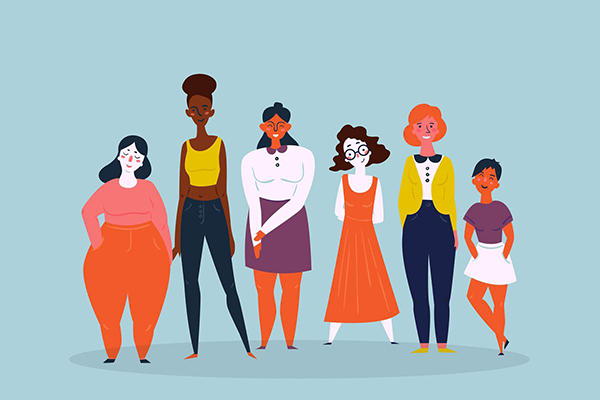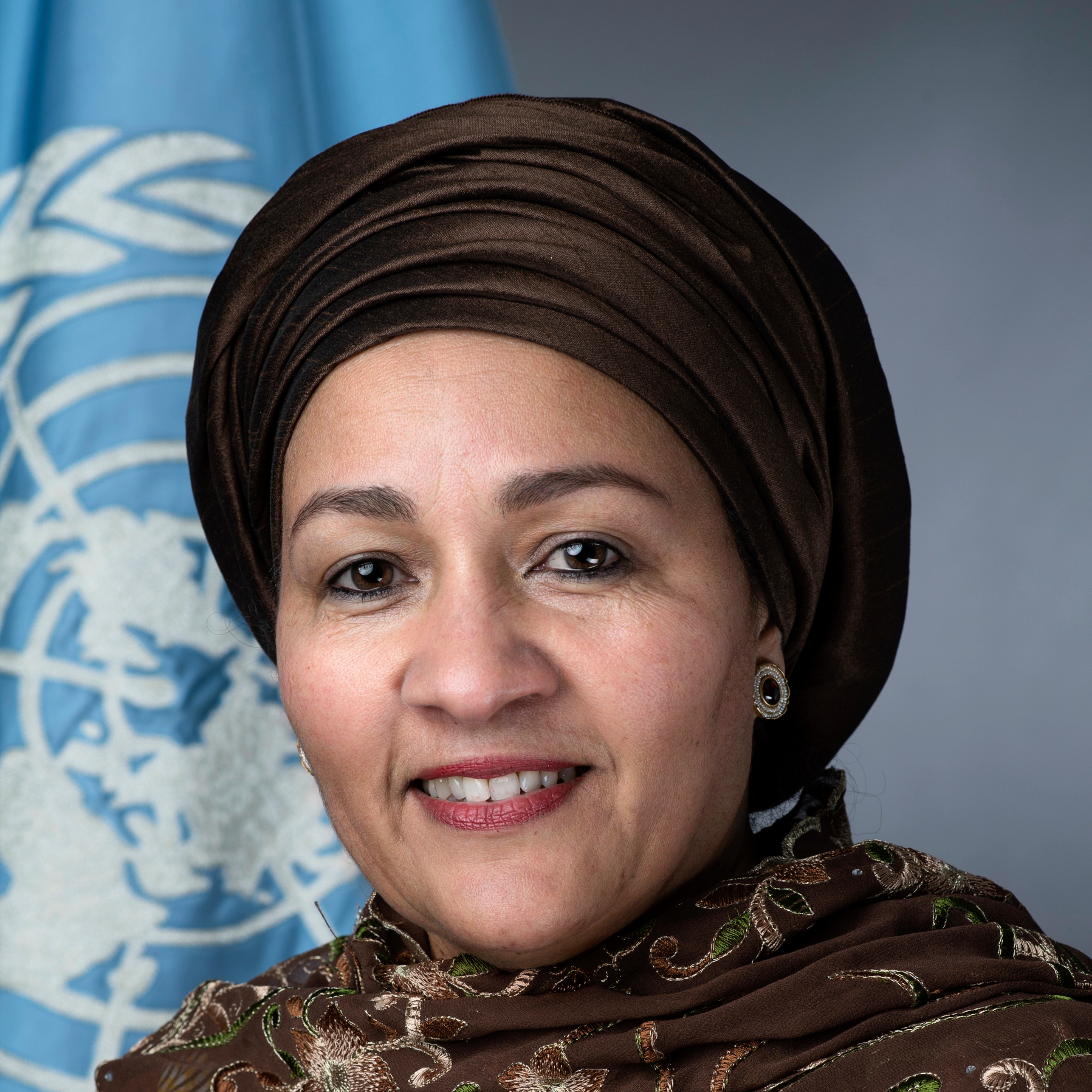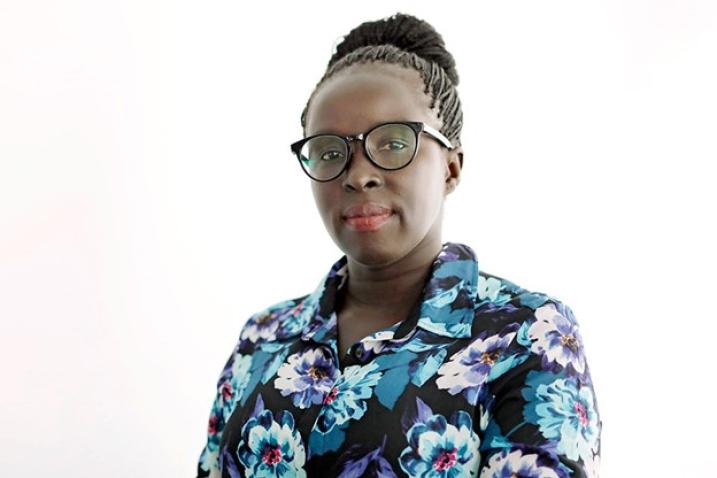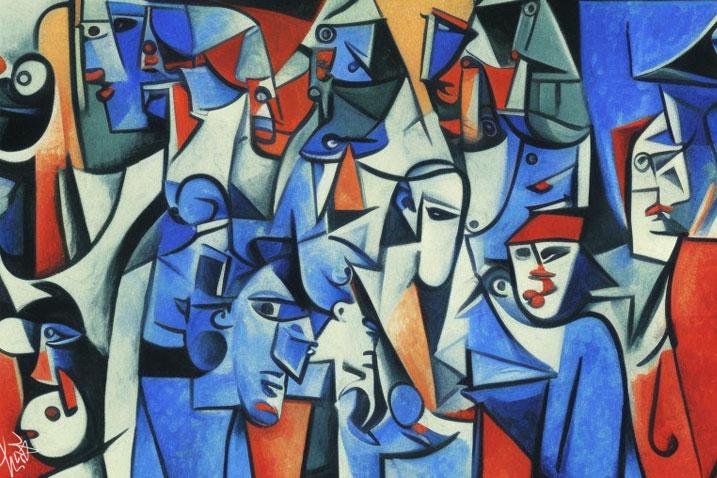Eliminating structural barriers to women's leadership in diplomacy
Despite global commitments to gender equality, women remain significantly underrepresented in diplomacy and political leadership, with recent trends showing troubling regression. The Human Rights Council and UN Women both highlight systemic barriers which include discrimination, gender stereotypes, and political violence that continue to exclude women from high-level decision-making. Gender norms often confine women to “soft” portfolios, while critical ministries remain male-dominated, and the number of gender-balanced cabinets and equality-focused ministries is shrinking. This marginalization is compounded by increasing violence against women in politics, both online and offline, deterring participation and eroding hard-won progress. In response, bold action is needed - from implementing quotas and leadership appointments to mentorship and anti-harassment measures - to achieve meaningful, equal representation and uphold the promises of the Beijing Platform and Sustainable Development Goals.
In 2025, the global landscape of diplomacy is undergoing a transformative shift, with women at the forefront of this change. Women diplomats are uniquely positioned to bridge the gap between national legislative priorities and global diplomatic initiatives. Their leadership in advocating for women's rights, peace, and security contributes significantly to shaping foreign policies that reflect democratic values. As parliaments continue to champion gender equity, the collaboration between legislative bodies and diplomatic missions becomes essential in fostering a global environment where women and girls can thrive.
Simultaneously, national parliaments are becoming vital partners in reinforcing women's diplomatic engagement, leveraging legislative authority to demand gender balance in foreign missions and multilateral platforms. Through committee work and foreign policy oversight, lawmakers are advocating for the institutional changes needed to support women in global decision-making roles. Women diplomats today not only represent their nations—they embody the growing alignment between domestic gender equality goals and international diplomacy. Their expanding presence symbolizes a crucial transformation: diplomacy is no longer reserved for the few, but increasingly shaped by diverse voices that champion peace, justice, and equality for all.
Women and global diplomacy
Women, as we all know, are realists, but they are also realists who, while they keep their feet on the ground, also keep their eyes on far horizons.
Global norms and standards play a key role in establishing benchmarks for the international community to abide by, and for countries to implement.
See how far women have comeBackground
Historically, diplomacy has been the preserve of men. It's time to recognize and celebrate the ways in which women are breaking barriers and making a difference in the field of diplomacy. As of 2014, 143 countries guaranteed equality between men and women in their constitutions; another 52 countries have yet to make this important commitment. Advocating for increased representation of women in key decision-making positions will greatly shape and implement multilateral agendas.
Between 1992 and 2019, women represented 13 per cent of negotiators, 6 per cent of mediators and 6 per cent of signatories in peace processes worldwide. Gender equality and the empowerment of all women and girls will also make a crucial contribution to progress across all the Sustainable Development Goals (SDGs) and targets. The systematic mainstreaming of a gender perspective in the implementation of the 2030 Agenda is crucial, especially since SDG 5 calls for women’s equal participation in decision-making.
At the UNGA's 76th Session, the General Assembly by consensus declared the 24th of June each year to be the International Day of Women in Diplomacy. By the resolution (A/RES/76/269) the Assembly invited all Member States, United Nations organizations, non-governmental groups, academic institutions and associations of women diplomats — where they exist — to observe the Day in a manner that each considers most appropriate, including through education and public awareness-raising.
We must all do everything possible to ensure women are at the table, our voices heard and our contributions valued.
UN Deputy Secretary-General Amina Mohammed
Did you know?
- As of January 2025, only 25 countries have a female head of state or government.
- Women make up 22.9% of cabinet ministers worldwide, with underrepresentation in key areas like foreign affairs and defense.
- 113 countries without a female Head of State: In 2024, 113 countries worldwide had never had a woman serve as Head of State or Government.
- As of 2024, women made up only 21% of UN permanent representatives, with just 7% of all ambassadors since 1947 being women, and 73 countries having never appointed a female representative.
- Female representation in diplomatic missions continues to lag behind men, especially in top-ranking roles.
Source: UN Women






